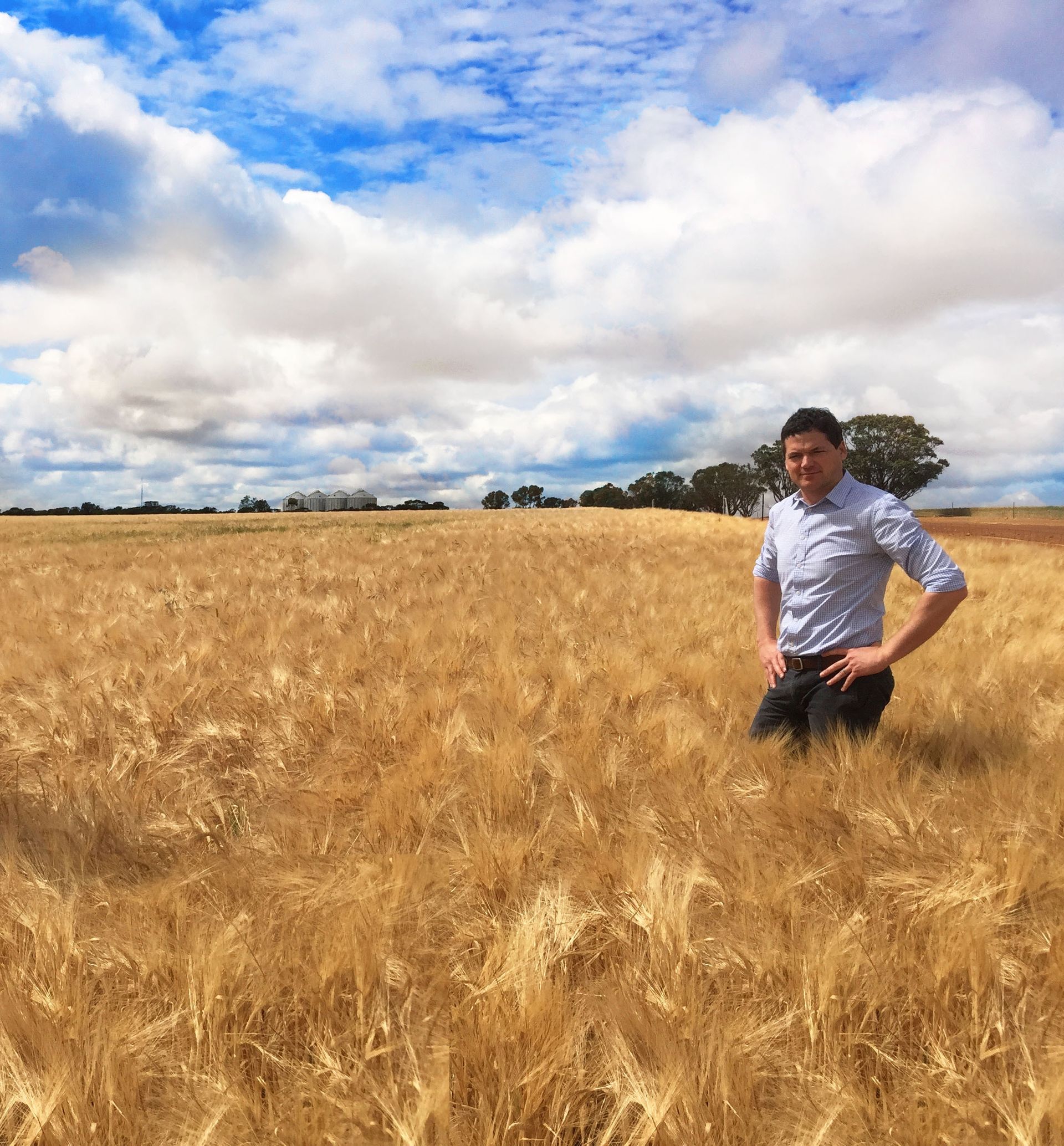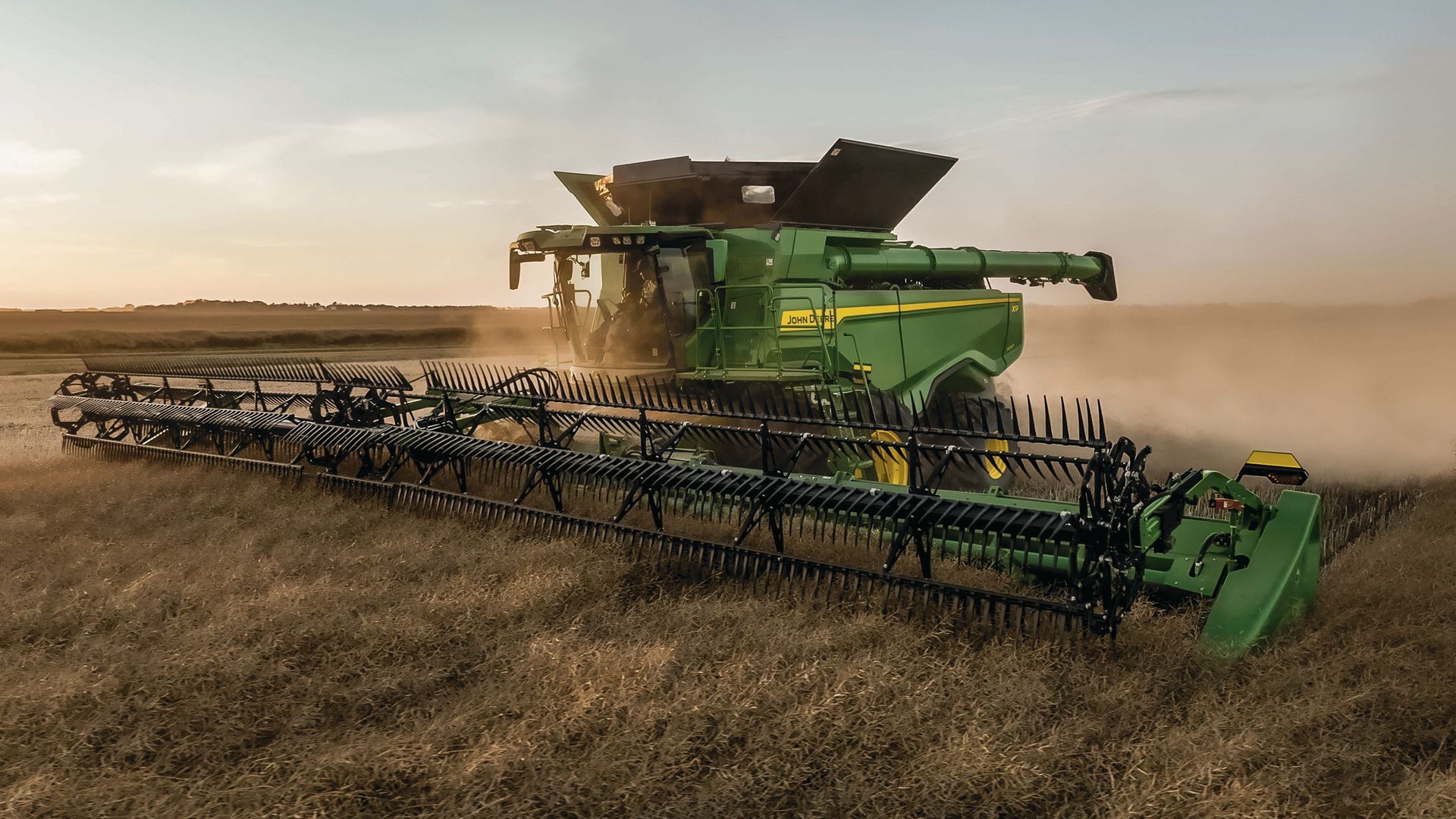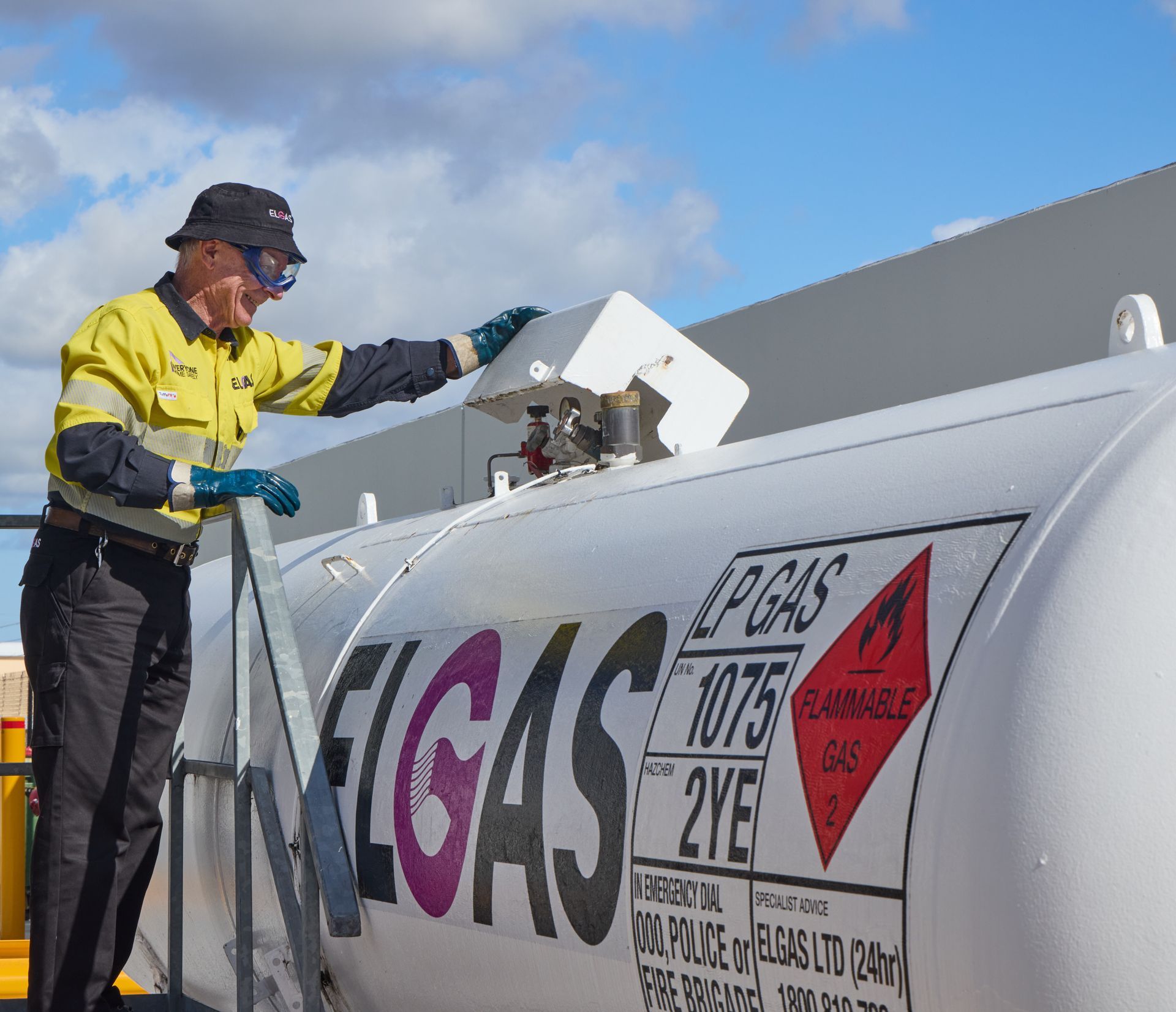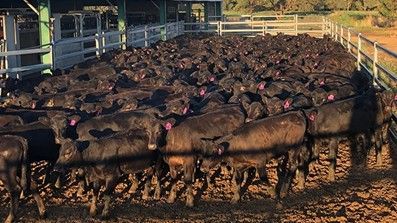1MG FlippingBooks
Growers creating a sustainable future with independent grain exchange
Electronic grain exchange CGX is providing innovative solutions for Australian growers by connecting them to a deeper pool of buyers.

Australian grain growers are achieving higher returns for their crops while simplifying the sales process with the help of thriving ag-tech business Clear Grain Exchange (CGX).
CGX offers an easy-to-use online tool that links growers to a more competitive market while overcoming the inefficiencies of traditional sales methods where growers respond to bids from buyers by phone or email. More than 10,000 growers and 300 buyers are now registered with CGX, which sold more than 4.2 million tonnes of grain in the past year.
CGX managing director Nathan Cattle says the exchange enables growers to sell in a transparent market with secure settlement. Grain regularly trades on the exchange at higher prices than growers thought were available.
“The industry has been used to relying on the buyer’s advertised bid for price discovery,” says Nathan. “With CGX, a seller offers their grain at the price they want.”
Searching for the best bid for their grain can be time-consuming and stressful for growers.
“If growers aren’t familiar with a buyer then the counter-party risk is unknown,” says Nathan. “The result in every region has been that just a handful of buyers purchase the majority of the Australian crop from growers. The exchange aims to encourage as many buyers as possible to participate in purchasing Australian grain while making the sales process easier and more secure for growers.”
CGX was owned by NZX Ltd, operator of the New Zealand Stock Exchange, from 2009 to 2016. Nathan led the business for NZX for a short time before the exchange was privatised in December 2016. It is now 30 per cent owned by Elders Australia.
Nathan grew up in the grain-growing region of Lake King in Western Australia. As CGX managing director he has led the expansion of the business from an initial concentration in the eastern states to a presence in all major grain growing regions across Australia.
It has now traded more than 16 million tonnes of grain and settled more than $5 billion of transactions in commodities such as wheat, barley, canola, sorghum, and all other minor crops including pulses and oats. CGX is the only independent exchange for physical grain in Australia.
“An exchange has to be independent and operate without bias to ensure there is no potential influence on price,” says Nathan. “CGX is a pure exchange. We are not a buyer, seller, or adviser.”
The traditional way of selling grain has started with buyers advertising “indicative” bids, which means growers need to negotiate to find the buyer’s real purchase price. Growers often contact other buyers to check they are receiving a good price and can play-off buyers. If the grower goes back to the highest bidder they can find the buyer has withdrawn the bid or reduced the price.
Sometimes they don’t go back to buyers at all, meaning the buyer receives no feedback and can be left feeling played off in some sort of Dutch auction.
“The process can be clunky and the result is growers or their agents typically deal with just a handful of buyers,” says Nathan. “Growers can go through the full cycle of emotions in the process and sometimes miss the price opportunity altogether.”
When selling grain the traditional way, sellers and buyers typically complete the transaction with a verbal contract over the phone, which relies on the parties making accurate notes and confirming the sale in an email. Growers then transfer the title of their grain as an unsecured creditor.
“For a 1,000 tonne sale at $400 a tonne, that is a $400,000 contract with the grower expected to deliver the grain and wait for payment,” says Nathan.
A CGX account is free. Sellers are anonymous so if there is uncertainty about the market they can set a high price and reduce it any time. Once grain is sold, CGX charges a small fee per tonne which growers can factor into their price. Grain automatically sells if the desired price is reached and growers retain title of their grain until payment.
When growers sell the traditional way they can be required to complete additional paperwork from statutory authorities to declare varieties and possibly pay levies. With CGX, all paperwork is digitised, emailed and recorded in the online account.
“Users of the exchange don’t have to find buyers’ bids and then ring around and negotiate, wait for payment, and potentially follow-up the paperwork,” says Nathan. “All of that that is looked after for them. They only have to worry about the price they want for their grain.”
“Imagine trying to negotiate while you are on the header getting the crop off before the next thunderstorm. With CGX, growers aren’t rushed making their decisions so they are making better decisions and receiving fair value for their grain.”
Grower Nic Grogan, from Trayning in the north-eastern wheatbelt region of WA, says the best pricing opportunities often occur when he is busiest. “The exchange makes sure I don’t miss them,” says Nic. “We regularly sell grain much higher than what we thought was available by public bids.”
The CGX option to trade for delivery now or in future months and deferred payment options also helps buyers and sellers manage cashflow.
While the technology developed by CGX could have broader applications for other commodities, the ag-tech leader’s focus is adding value to the Australian grain market to create a more sustainable long-term industry.
“It is putting power in the hands of growers to ensure there are as many buyers as possible in 10 years rather than the potential for the number of buyers reducing to only a few,” says Nathan.
“The flow-on effect from CGX is it helps create efficiencies across the supply chain. Buyers are able to find grain quickly and simply in more suitable locations than they may otherwise have access to. Sellers are able to access buyers who need their grain the most. These win-win situations are everywhere across Australia and get reflected in traded prices. That’s how an independent exchange creates value for the industry.”
Company email address: support@cleargrain.com.au
Company website: www.cleargrain.com.au
















